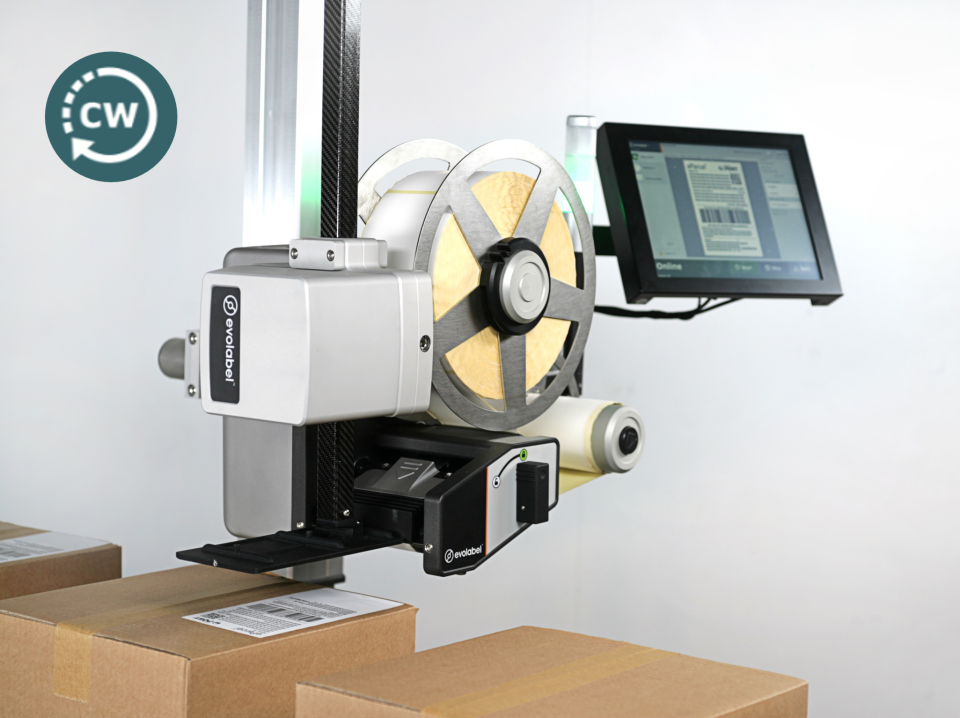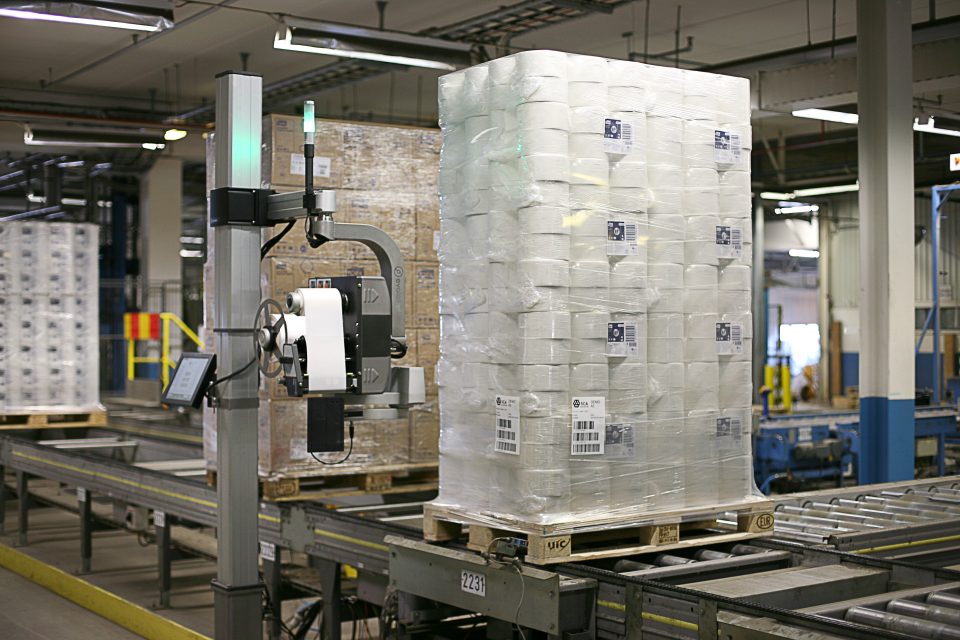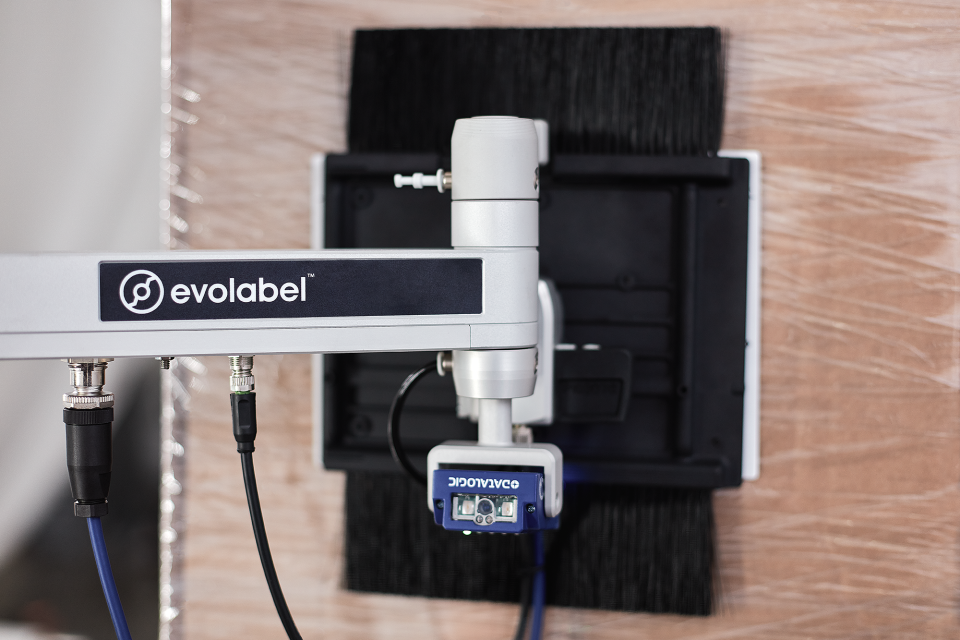
Integrating auto-labelling machines into your operations can bring a number of benefits, from improving efficiency to reducing manual errors, but many businesses shy away from adopting them because of concerns over networking.
In this blog, we’ll debunk three common myths which often prevent companies from taking full advantage of print and apply labelling systems, explaining how modern solutions are designed to be easier to implement than ever.
Myth 1: Print & Apply Systems Require Complex Network Setups
Reality: Modern print & apply solutions are designed with user-friendly installation and configuration processes, making them accessible even to non-technical users.
Many believe that integrating auto-labelling machines needs extensive technical knowledge; however, the reality couldn’t be further from the truth. Modern print and apply solutions are designed to be installed and configured by non-experts, so they come with clear instructions and intuitive interfaces to streamline the setup. Easy-to-use software integrates with existing workflows and some systems even provide plug-and-play options that can be deployed ‘out of the box’.
Where systems are slightly more complex, robust technical support is available to guide users through every stage of the process. This enables businesses to implement auto-labelling machines efficiently, reducing downtime and without the need for specialist IT resources.
Myth 2: Print and Apply Integration Creates Security Risks
Reality: Well-designed print and apply systems prioritise data security and ensure compliance with industry standards.
For many considering the integration of auto-labelling machines, security is a top concern, with fears over data protection, cyber security and network integrity all acting as barriers to implementation. With this in mind, providers ensure they can demonstrate robust security measures are in place, including secure communication protocols, user authentication and encryption methods to protect sensitive data during transmission.
Stringent security certifications and rigorous testing also provide reassurance that integrating an auto-labelling machine won’t compromise network security.
Myth 3: Print and Apply Can’t Integrate with Existing Network Infrastructure
Reality: Modern print and apply systems are designed for seamless compatibility with diverse network environments.
A common misconception is that auto-labelling machines are incompatible with existing network systems, creating extra work and causing delays in the implementation phase. On the contrary, modern print and apply solutions offer multiple connectivity options, such as Ethernet, Wi-Fi and other interfaces, and support popular network protocols. This means systems can connect to ERP systems, warehouse management software (WMS), and industrial automation systems to exchange data smoothly and securely, enabling features such as access to real-time data to generate accurate and up-to-date labels.
This versatility makes print and apply systems equally as beneficial for small businesses as large-scale operations.
The benefits of a well-integrated network
Networking concerns shouldn’t be a barrier to optimising print and apply operations. As we’ve seen, a well-integrated network ensures efficient, accurate and secure labelling by minimising downtime, reducing errors and enhancing traceability – and with the evolution of modern auto-labelling machines, it’s easier than ever for businesses to implement.
Advances in technology have made integration simpler, faster and more accessible for businesses, and with robust data transfer protocols and multiple connectivity options, it’s possible to confidently introduce labelling automation without disrupting existing operations.
Ready to optimise your labelling operations? Learn more about our support options.
Email Our Team
* Please complete all fields



